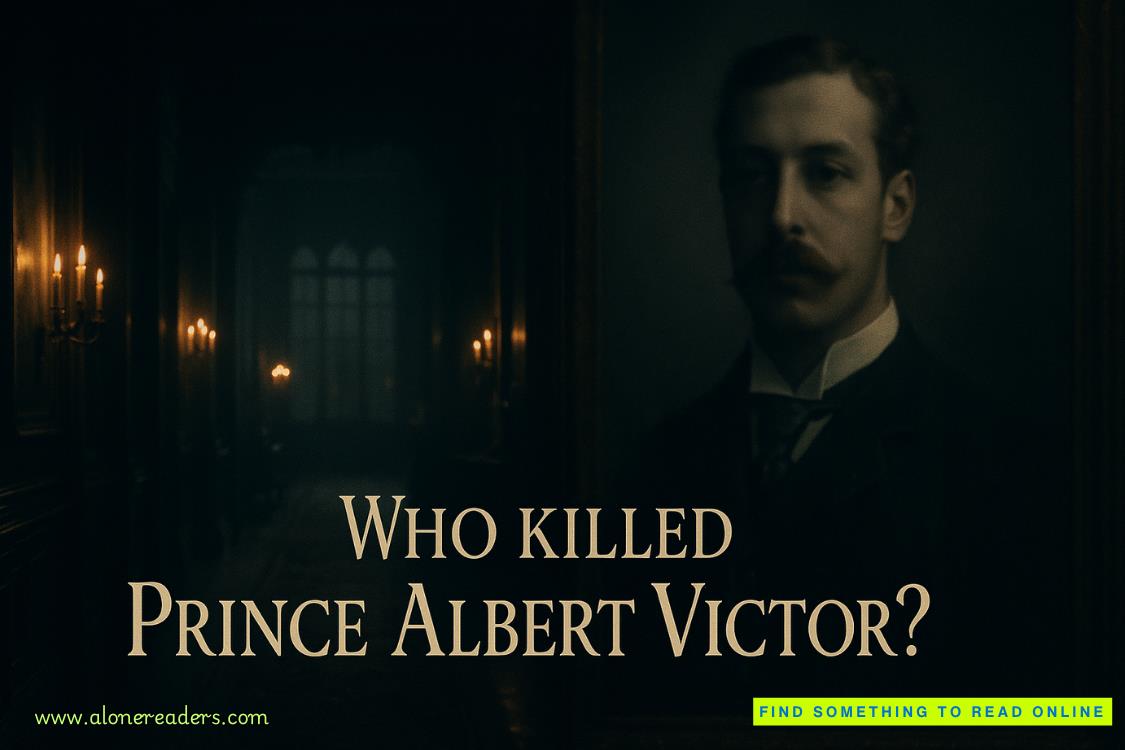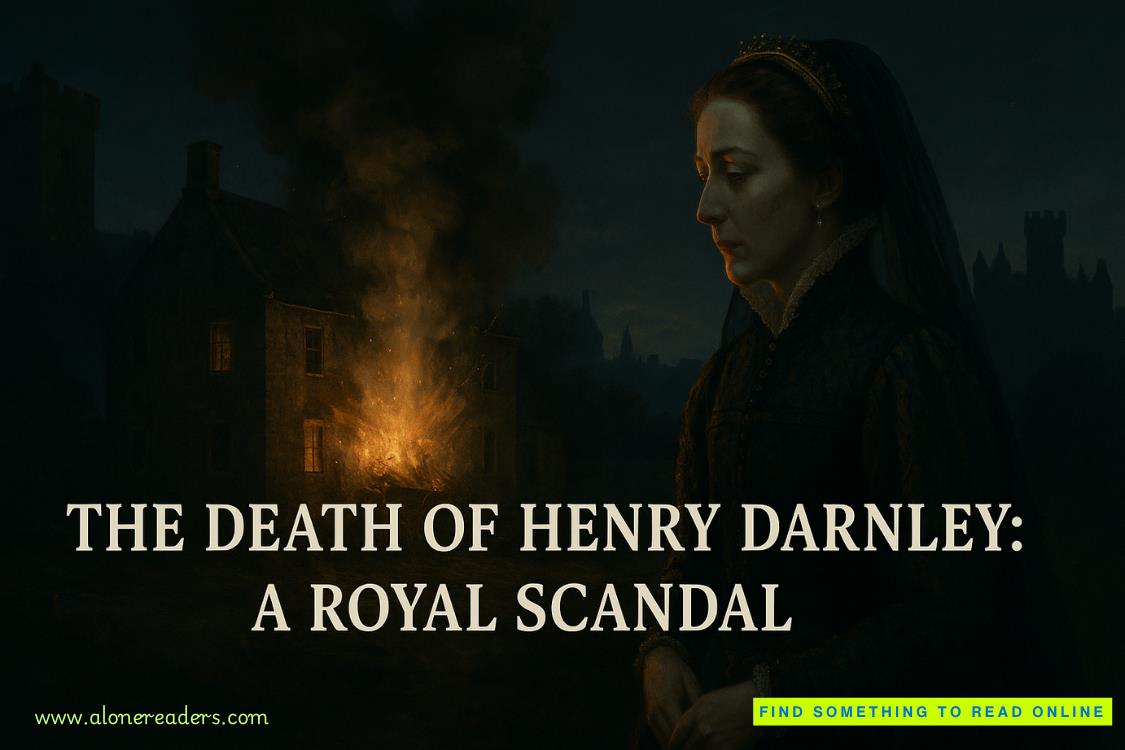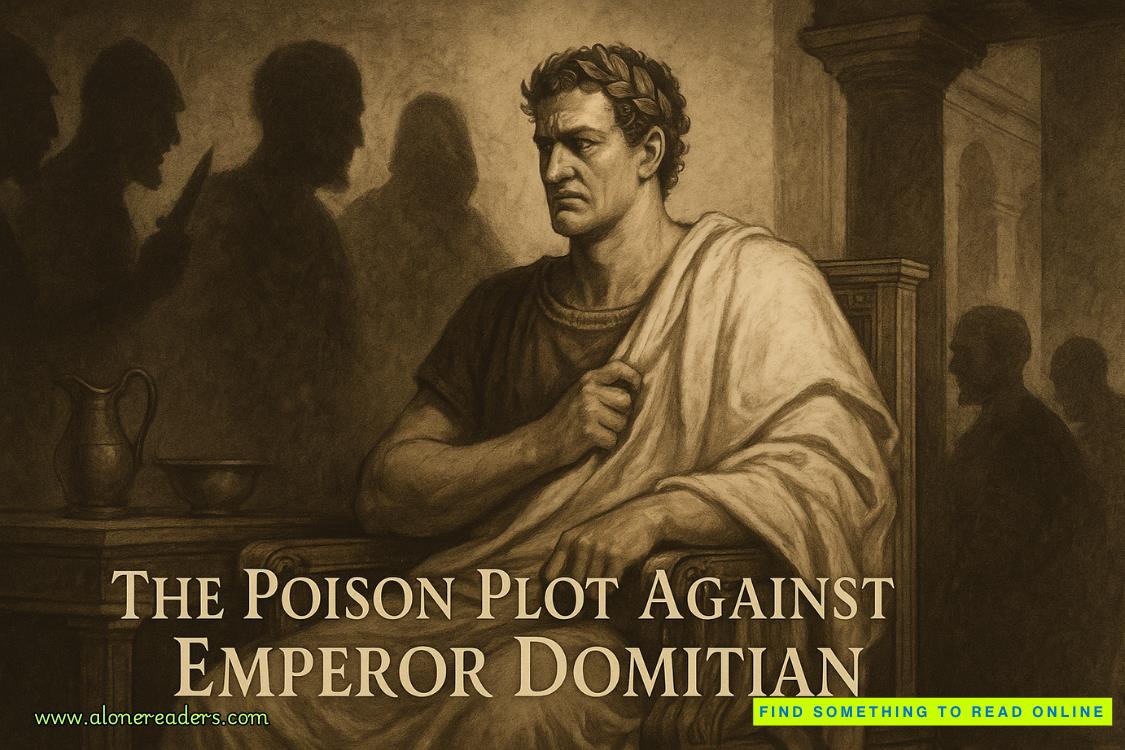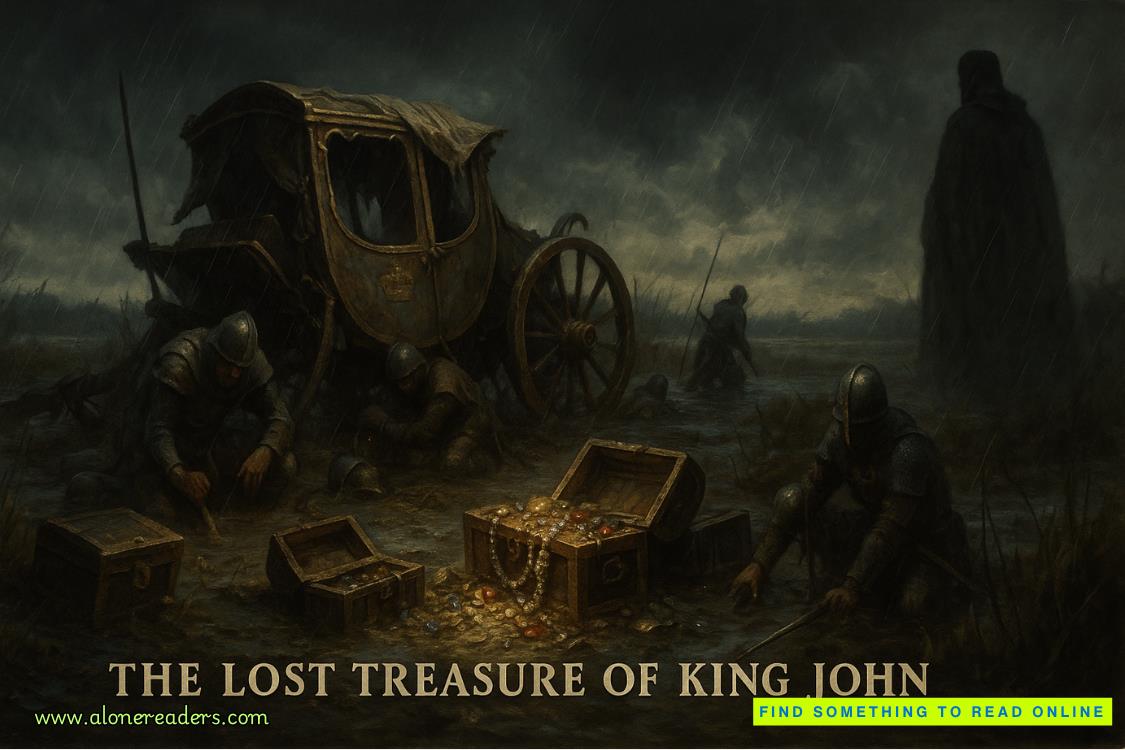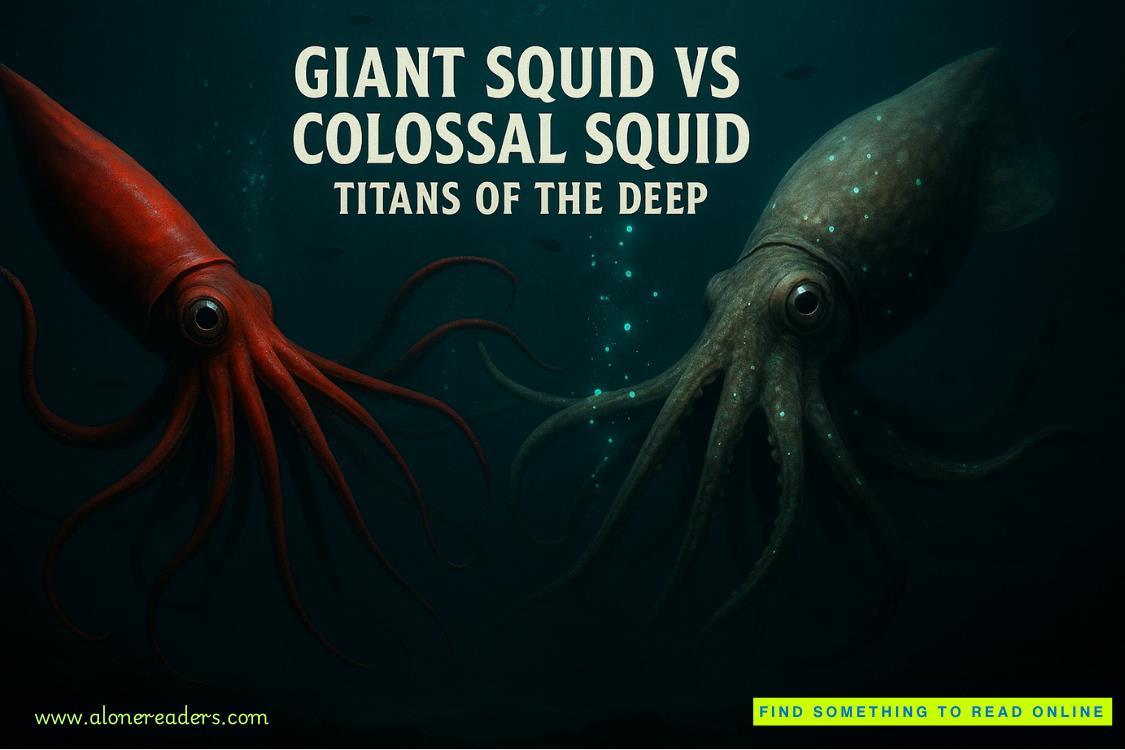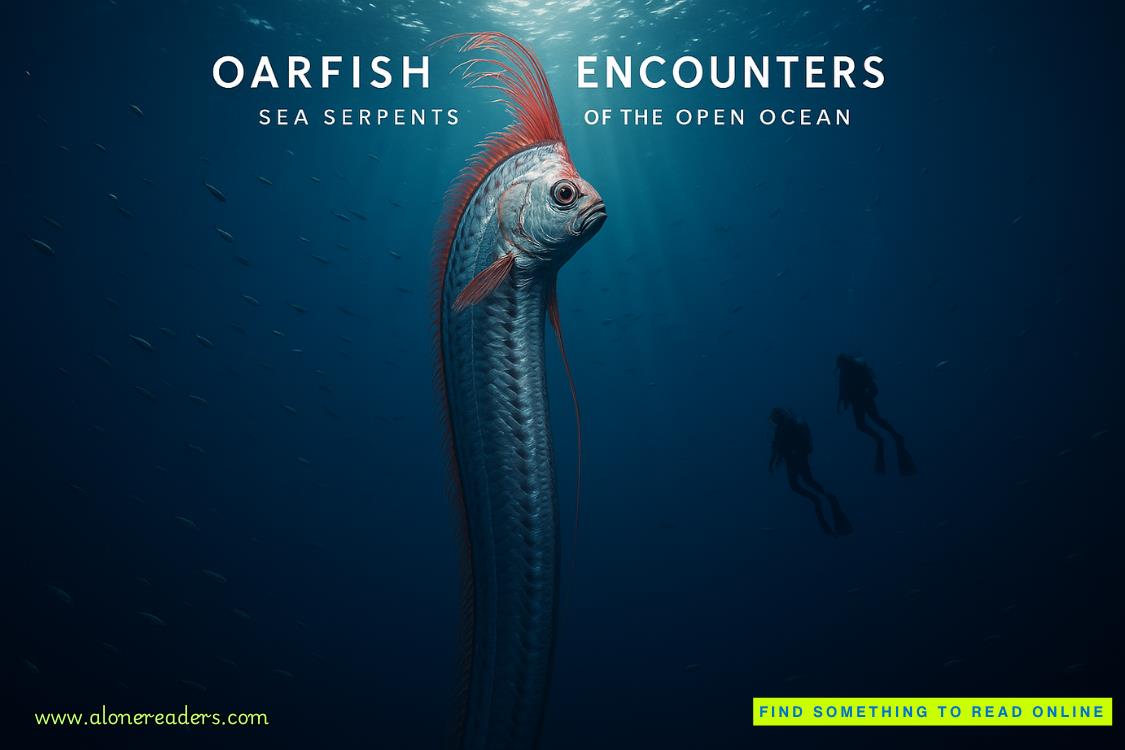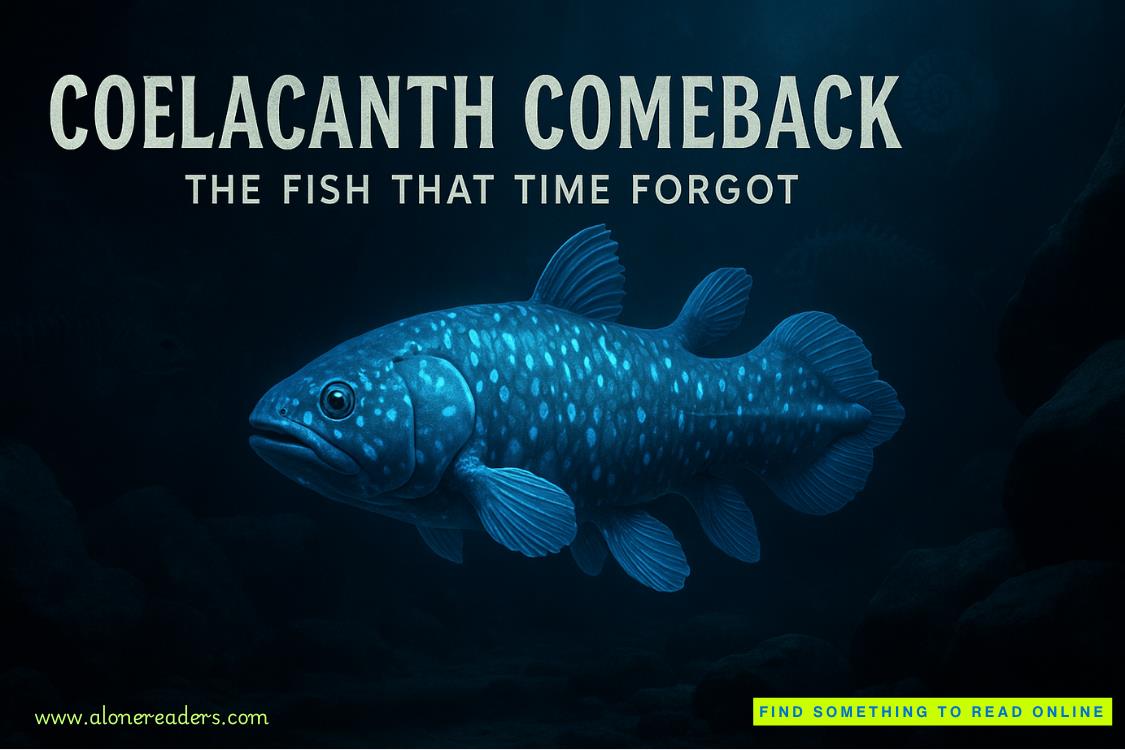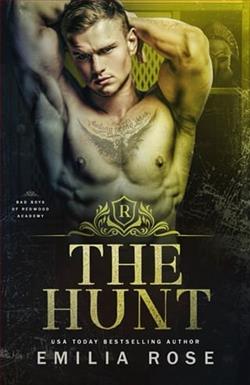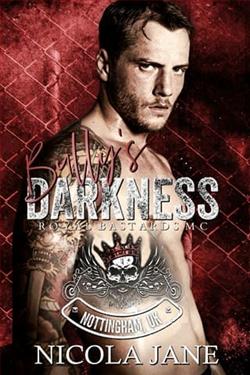Page 3 of The Eye of God (Sigma Force 9)
“Uncle Vigor.” Rachel gave him a quick hug. She then leaned back, finger-combing her dark hair back over one ear and appraising him with those sharp caramel eyes. “What was so urgent?”
He glanced up and down the hall, but at this hour on a Sunday, no one was about, and all of the offices appeared dark. “Come inside and I’ll explain.”
Unlocking the door, he ushered her across the threshold. Despite his esteemed position, his office was little more than a cramped cell, lined by towering cases overflowing with books and stacks of magazines. His small desk rested against the wall under a window as thin as a castle’s arrow slit. The newly risen moon cast a silver shaft into the chaos found here.
Only after they were both inside and the door closed did he risk clicking on a lamp. He let out a small sigh of relief, reassured and comforted by the familiar.
“Help me clear a space on my desk.”
Once that was done, Vigor placed his burden down and folded back the brown parcel wrap, revealing a small wooden crate.
“This arrived for me earlier today. With no return address, only the name of the sender.”
He turned back a corner of the wrapping to show her.
“Father Josip Tarasco,” Rachel read aloud. “Am I supposed to know who that is?”
“No, nor should you.” He stared over at her. “He was declared dead over a decade ago.”
Her brows pinched, and her posture stiffened. “But the package is too pristine to have been lost in the mail for that long.” She turned that discerning gaze back on him. “Could someone have forged his name as some cruel hoax?”
“I don’t see why. In fact, I think that’s why the sender addressed this package by hand. So I could verify it came from Father Tarasco. We were dear friends. I compared the writing on the parcel to a smattering of old letters still in my possession. The handwriting matched.”
“So if he’s still alive, why was he declared dead?”
Vigor sighed. “Father Tarasco vanished during a research trip to Hungary. He was preparing a comprehensive paper on the witch hunts there during the early eighteenth century.”
“Witch hunts?”
Vigor nodded. “Back in the early 1700s, Hungary was beset by a decade-long drought, accompanied by famine and plague. A scapegoat was needed, someone to blame. Over four hundred accused witches were killed in a span of five years.”
“And what about your friend? What became of him?”
“You must understand, when Josip left for Hungary, the country had only recently shaken free of Soviet control. It was still a volatile time there, a dangerous place to be asking too many questions, especially in rural areas. The last I heard from him was a message left on my machine. He said he was on to something disturbing concerning a group of twelve witches—six women and six men—burned in a small town in southern Hungary. He sounded both scared and excited. Then nothing after that. He was never heard from again. Police and Interpol investigated for a full year. After an additional four years of silence, he was finally declared dead.”
“So then he must have gone into hiding. But why do that? And more important, why surface a decade later, why now?”
With his back to his niece, Vigor hid a smile of pride, appreciating Rachel’s ability to get to the heart of the matter so quickly.
“The answer to your last question seems evident from what he sent,” he said. “Come see.”
Vigor took a deep breath and opened the hinged lid of the crate. He carefully removed the first of the package’s two objects and placed it in the shaft of moonlight atop his desk.
Rachel took an involuntary step backward. “Is that a skull? A human skull?”
“It is.”
She moved past her initial surprise to step closer. She quickly noted the hen-scratched inscription across the bone of the cranium, following the spiral of its course with a fingertip without touching.
“And this writing?” she asked.
“Jewish Aramaic. I believe this relic is an example of early Talmudic magic practiced by Babylonian Jews.”
“Magic? Like witchcraft?”
“In a way. Such spells were wards against demons or entreaties for help. Over the years, archaeologists have unearthed thousands of such artifacts—mostly incantation bowls, but also a handful of skulls like this. The Berlin museum holds two such relics. Others are in private hands.”
“And this one? You said Father Tarasco had an interest in witches, which I assume extended to an interest in occult objects.”
“Perhaps. But I don’t think this one is authentic. The practice of Talmudic magic started in the third century and died out by the seventh.” Vigor waved his hand over the skull as if casting his own spell. “I suspect this artifact is not that old. Maybe thirteenth or fourteenth century at best. I’ve sent a tooth to the university lab to confirm my estimate.”
She slowly nodded, contemplating in silence.
“But I also studied the writing here,” he continued. “I’m well familiar with this form of Aramaic. I found many blatant mistakes in the transcription—reversed diacritics, wrong or missing accent marks—as if someone made a poor copy of the original inscription, someone who had no true understanding of this ancient language.”
“So the skull is a forgery then?”
“In truth, I suspect there was no foul intent in its crafting. I think its forging was less about deception than it was about preservation. Someone feared the knowledge found here might be lost, so he or she hand made copies, trying to preserve something more ancient.”
“What knowledge?”
“I’ll get to that in a moment.”
He reached into the crate and removed the second object and placed it beside the skull on the table. It was an ancient book, as wide as his outstretched hand and twice as tall. It was bound in rough leather, the pages secured by crude stitches of thick cord.
“This is an example of anthropodermic bibliopegy,” he explained.
Rachel screwed up her face. “And that means . . . ?”
“The book is bound in human skin and sewn with sinew of the same.”
Rachel took a step away again, only this time she didn’t return to the desk. “How can you know that?”
“I can’t. But I forwarded a sample of the leather to the same lab as the skull, both to test its age and its DNA.” Vigor picked up the macabre volume. “But I’m sure I’m correct. I examined this under a dissection microscope. Human pores are distinctly different in size and even shape from that found in pigskin or calfskin. And if you look closer, in the center of the cover—”
